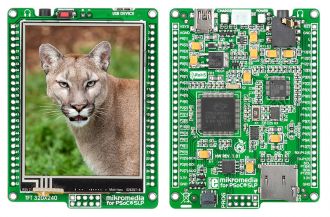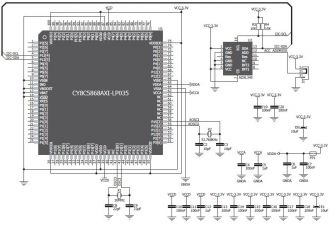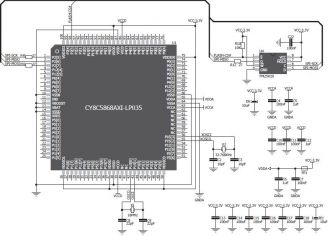
We strongly encourage users to use Package manager for sharing their code on Libstock website, because it boosts your efficiency and leaves the end user with no room for error. [more info]

Rating:
Author: MIKROE
Last Updated: 2014-07-11
Package Version: 1.0.0.1
Example: 1.0.0.0
Category: Development Systems
Downloaded: 1831 times
Not followed.
License: MIT license
Set of examples for mikromedia for PSoC® 5LP. Provided examples demonstrate working with mikromedia's various features and modules: Accelerometer, Calculator, MP3, RTCC, Serial FRAM, TFT, Slider.
Examples are written in PSoC® Creator 3.0.
Do you want to subscribe in order to receive notifications regarding "mikromedia for PSoC® 5LP - Examples" changes.
Do you want to unsubscribe in order to stop receiving notifications regarding "mikromedia for PSoC® 5LP - Examples" changes.
Do you want to report abuse regarding "mikromedia for PSoC® 5LP - Examples".
| DOWNLOAD LINK | RELATED COMPILER | CONTAINS |
|---|---|---|
| 1405063782_mikromedia_for_p_other_other.rar [189.38MB] | Other Compiler |
|

These examples demonstrates usage of various external modules connected to the microcontroller CY8C5868AXI-LP035.

On board ADXL345 accelerometer is used to measure acceleration in three axis: x, y and z. The accelerometer function is defi ned by the user in the program loaded into the microcontroller. Communication between the accelerometer and the microcontroller is performed via the I2C interface.
View full image
Since multimedia applications are getting increasingly demanding, it is necessary to provide additional memory space to be used for storing more data. The FRAM module enables the microcontroller to use additional 2Mbit ferroelectric non-volatile memory.
View full image